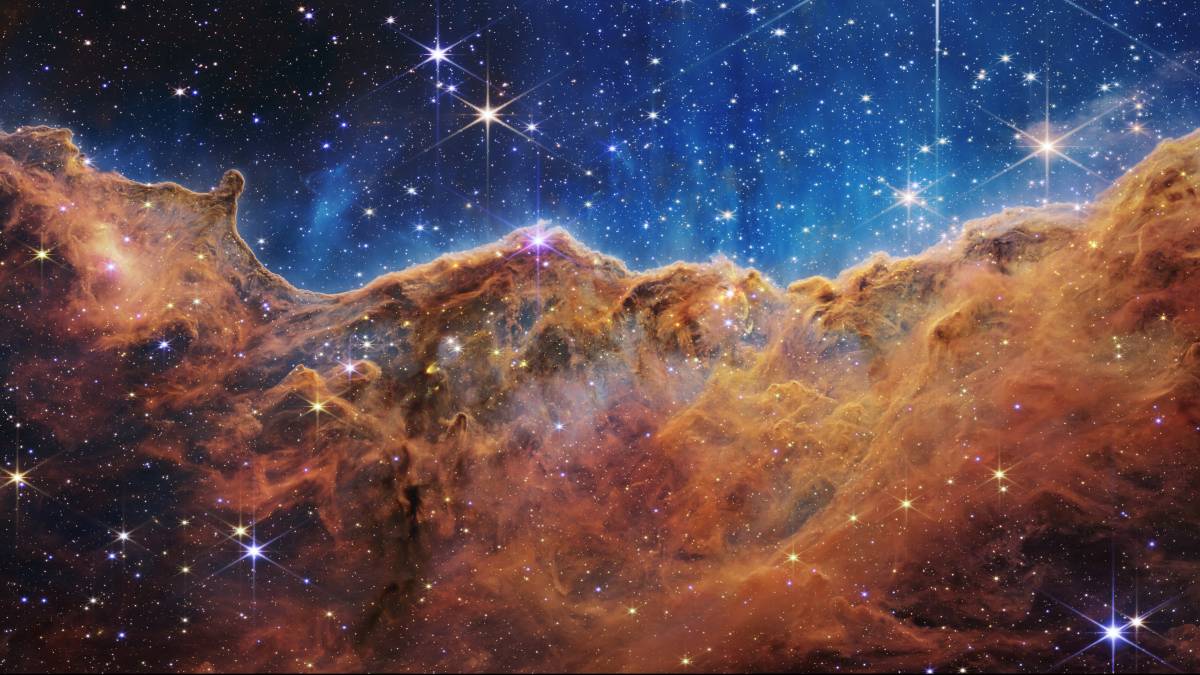NOS . News†
The space agencies NASA (US), ESA (Europe), and CSA (Canada) have published four new images and measurements from the James Webb Space Telescope. The images include a dying star and a nebula in which new stars are constantly forming.
The Webb Telescope has also taken measurements of an exoplanet, orbiting a star other than our sun. Measurements show traces of clouds and water.
Check out three of the new photos below:
-
NASA, ESA, CSA, STScI
The Carina Nebula, where new stars form ‘mountains’ of gas and dust -

NASA, ESA, CSA, STScI
Measurements of the atmosphere of the exoplanet WASP-96 b, where traces of water and clouds were found -
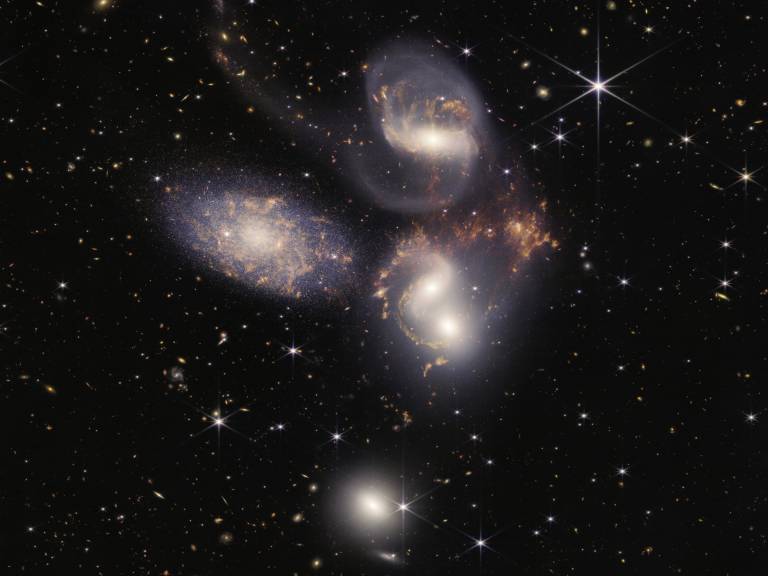
NASA, ESA, CSA, STScI
Stephan’s Quintet, which consists of five different galaxies in the constellation Pegasus
Objects set by Webb are not new. New is the sharpness of images. “I am very impressed with what I saw,” says astronomer Lucas Ellerbrück in response. “It’s unbelievable how quickly we can get more information with this compared to what we had before.”
Ellerbrook refers to information from the famous Hubble telescope, Webb’s predecessor. “You can compare the difference in quality with the cameras in the first mobile phones and those of today. Or how accurately you can suddenly see if you have poor eyesight and put on new glasses. For example, we can now also see weak light and infrared with a wavelength longer than Hubble can detect.”
Not one, but two stars
An astronomer finds the most special image of a planetary nebula from which a dying star can be seen. “It gives a picture of what the Sun will look like when it burns: it won’t explode, it’s slowly expanding. The nebula is already known, because Hubble has already photographed it. But now it’s as if Hubble has photographed and the blanket has been taken off, so you can see what’s underneath.”
For example, it was already known that in the middle of the so-called Southern Ring Nebula there are not one but two stars, but this was not visible in the Hubble image. In the image from the Webb Telescope, two balls of light can be seen in the middle.
Check out the differences between Hubble and Webb images for yourself below:
-
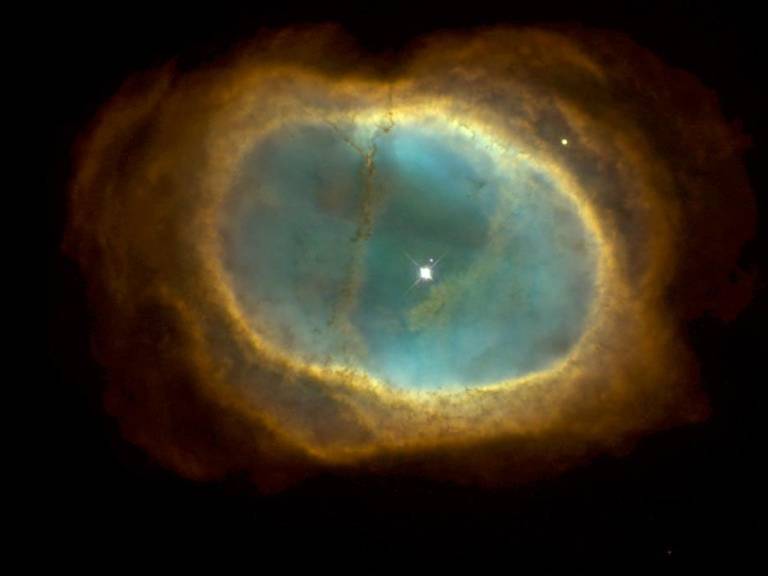
NASA/Hubble Heritage Team (STScI/AURA/NASA)
The Southern Ring Nebula, captured by the Hubble telescope in 2008 -

NASA, ESA, CSA, STScI
The Southern Ring Nebula, as captured by the Webb Telescope -
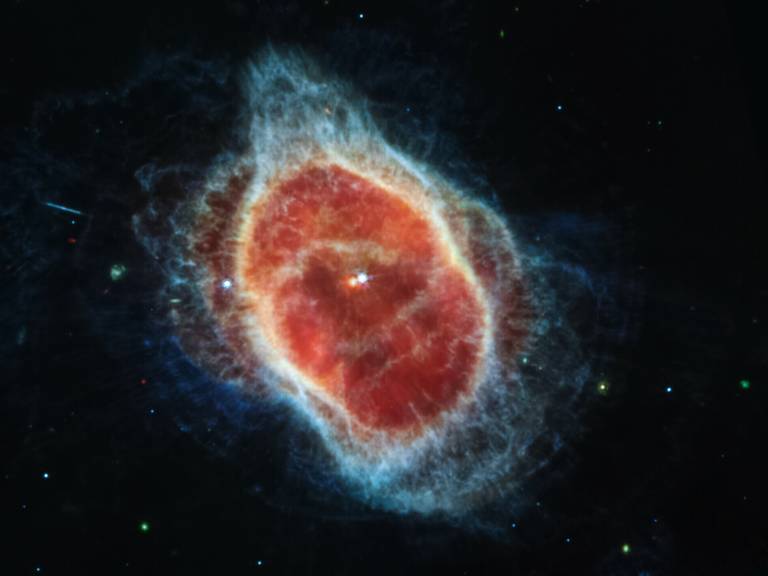
NASA, ESA, CSA, STScI
A second web image of this nebula, which also shows the two stars
According to Ellerbroek, the added value of the Webb telescope is that many questions that remain unanswered so far, will soon be able to answer with a clearer and better image. This way the telescope can “see” colors that were not visible before, or less so.
This mainly concerns the color palette of the atmosphere, for example, the exoplanets, which are outside our solar system, explains Ellerbroek. He says that this spectrum of colors, which arises due to the atmosphere absorbing some substances and others not, can be used to paint a realistic picture of a planet.
“For example, some colors indicate water,” says the astronomer. “And now there are a lot of other colors that we can suddenly see, in which other material appears. We get a lot of additional information. And Web is going to be the provider of new discoveries about planets outside our solar system.”
Galaxies billions of years old
Last night, the first color image of a group of galaxies appeared as it looked 4.6 billion years ago. In the background are some galaxies that are up to 13 billion years old. This is in astronomy terms “right after” the Big Bang. who – which .the great explosionWhich is considered the beginning of the universe, was about 13.8 billion years ago.
This photo was posted last night:
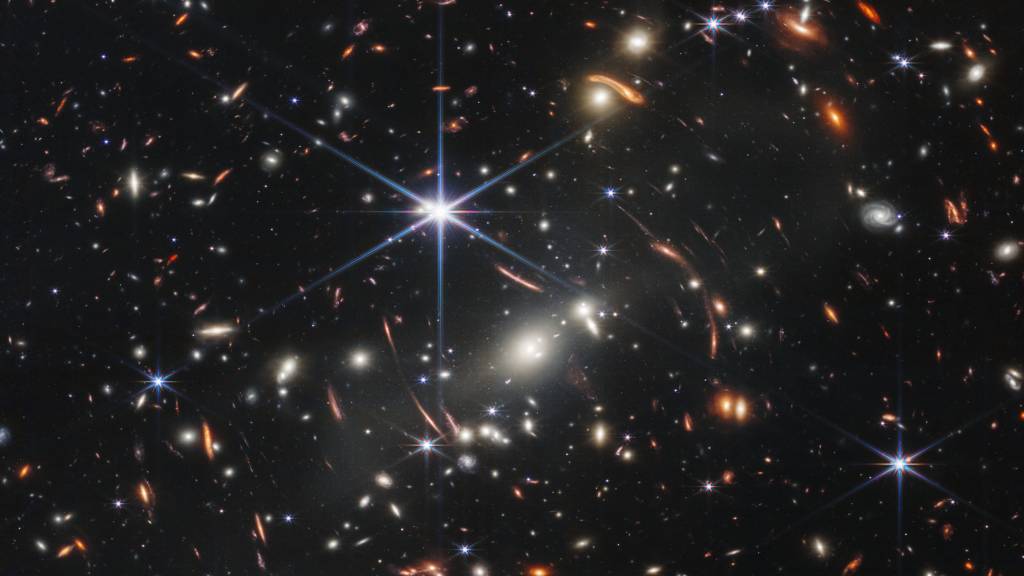
NASA, ESA, CSA, STScI
The image above shows a very small part of the universe, says astronomer Ewen van Dyschoek, who was involved in developing the Webb Telescope for 30 years. “It’s about an arm’s length a grain of sand. But that tiny part of the universe is full of galaxies.”
first light
The intention is that Webb will soon present a picture of the early development of the universe. In the coming months, Van Dyswick says the telescope will go “much deeper” than it does now.
“We really go back to the first stars, the first light, the first galaxies,” she explains. “The telescope will then reach 50-100 million years after the Big Bang. Webb will teach us a lot about our origin.” By comparison, the Hubble telescope came about 450 million years after the Big Bang.
The Webb Telescope, which cost about $10 billion to build, was launched on Christmas Day. Scientists around the world have been working on the project for decades.
Here’s how the James Webb Space Telescope works:
-
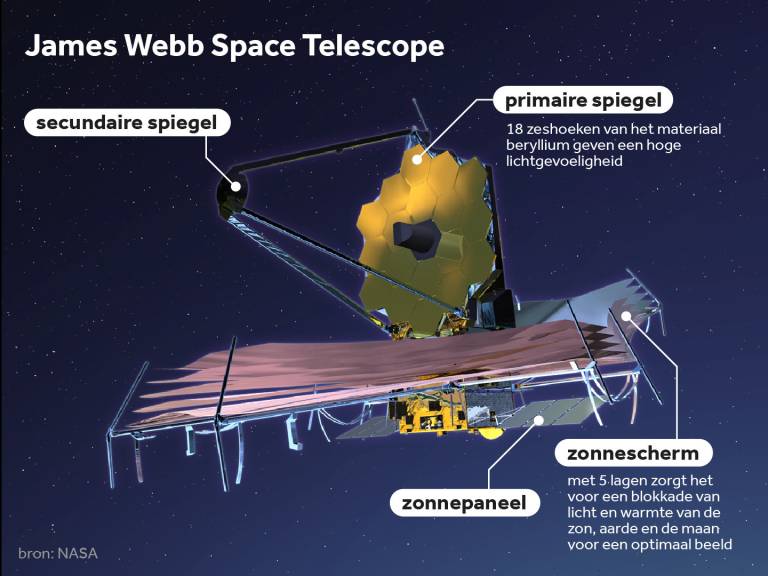
NOS
This is what the James Webb Space Telescope looks like -

NOS
What does the James Webb Space Telescope look like?







